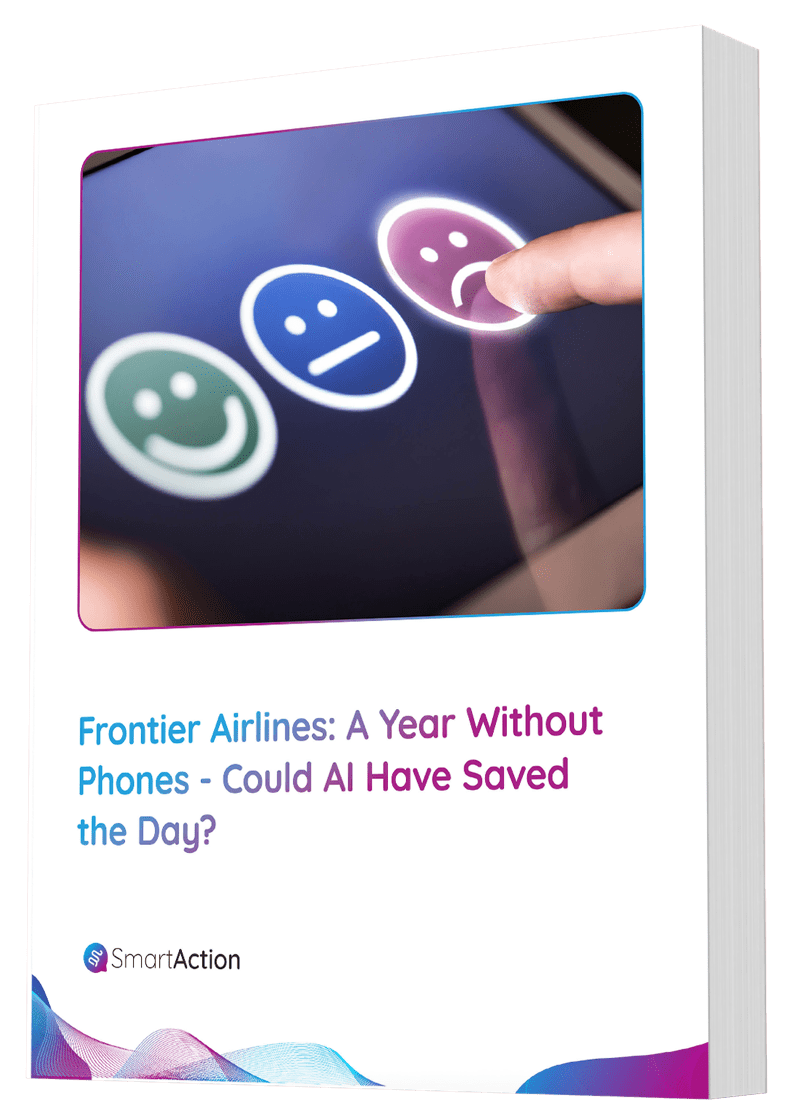Should You Be Personifying AI Self-Service Technologies?
“Siri do you love me?” A question asked in jest, with anticipation for the response that Apple’s complex virtual assistant provides. The answer is a snarky remark which solidifies Siri’s identity as a computer program and not a sentient being capable of such emotions as love. But what are the ramifications of blurring those lines? Does giving IVR systems and virtual assistants a name or – even further – a personality and background help or hinder your customer experience?
Communicate the capabilities of your smart IVR
We have worked with clients who have asked us to help them name and personify the customer service automation we implement and the results vary. Through our experiences, we figured out that an important piece of a technology launch is learning what expectations are being set for the customers. In the rollout, brands must make it abundantly clear to customers what the new system can and cannot do. Real-life examples of named virtual assistants are Amtrak’s Julie (success) and Bell Canada’s Emily (failure).
Personified IVR automation still needs to benefit your customers
One way to ensure a successful smart IVR deployment is to align your agents with the system. If your agents understand the ins and outs of the technology and support its purpose, then they can positively influence your customers’ adoption of it. Our clients that have properly educated their agents and their customer base about Intelligent Voice Automation (IVA®) have experienced great successes that are sustainable. Introducing a personified virtual assistant is cool, newsworthy (arguably), and many times brands think this is what their customers want. But in reality, the coolest technologies from a customer’s perspective are the ones that actually work and that they barely even notice are at work.
Giving your customer self-service a name could set unrealistic expectations
Another consideration is the subconscious effect that personifying self-service in the call center has on your customers. Customers may develop unrealistic expectations for the self-service AI because they subconsciously associate the system with a human, given its humanized name and ‘personality.’ Then, when the system cannot perform to the same standards as a customer service rep, customers get frustrated – and they may not even recognize their bias. On a more basic level, personification and naming can simply cause confusion, as well. We should expect – and want – the caller to know that it is not an agent, but rather an automated customer self-service system. Callers do not really care (especially when it works, see above) if it is a system or not, but when they get confused it takes away from the effortlessness of their experience.
Verdict: Forgo personification for AI self-service
Ultimately, our position is that, for the most part, companies should not personify (or name) their voice automation technologies. Sure, there are examples of it working well. But no matter how intelligent an automated call center system is, it cannot replace a human’s ability to understand intricate situations, recognize sarcasm, or answer questions that are clearly not meant to be asked of a customer service technology. You never want to give customers a reason to try and outsmart or break your self-service options, and naming them can contribute to that type of issue. Most important to new, intelligent technology implementations is expectation-setting. Make sure you communicate with your customers and attempt to notify them about the new self-service option; educate them about its capabilities and limitations. Lastly, talk to your agents! Train them on how to work alongside the technology and gain their support. Your agents will pay an integral part in helping your clients adopt the system and navigate it properly.






